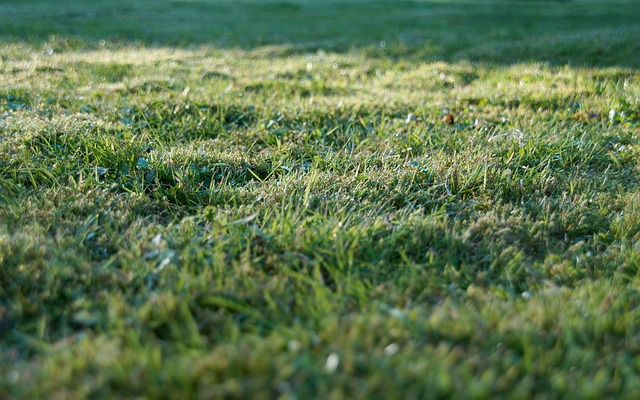If you love tending to your plants, but find that this is only possible during the spring and summer time, you may want to consider having your own greenhouse.
A greenhouse simply allows you to grow plants and crops all year round. Keeping and growing plants effectively in a greenhouse, can take some time to get right, one of the most important factor is temperature control.
Keeping it warm- While the sun does a good job of keeping the interior of the greenhouse warm, as the sun goes down, the greenhouse may struggle to maintain a warm environment, vital for your plant life. It is recommended that you install a heating system, possibly an oil heater or overhead heat lamps that can radiate heat onto the crops.
 Pest control- There is nothing worse than having your plants growing really well, just to have pests come along and ruin them. Pest control is very important, and you can reduce the risk of them by keeping all tools and pots clean. Using an insect killing soap is useful, as long as it is safe for your plants. Another great tip is to check any new plants for bugs before taking them into the greenhouse.
Pest control- There is nothing worse than having your plants growing really well, just to have pests come along and ruin them. Pest control is very important, and you can reduce the risk of them by keeping all tools and pots clean. Using an insect killing soap is useful, as long as it is safe for your plants. Another great tip is to check any new plants for bugs before taking them into the greenhouse.
Shade- While the sunlight is great for warming up the interior naturally, high amounts of direct sunlight to your plants can cause damage. Create shade with sheets to make sure your plant still absorbs some sunlight, but also gets time in the shade too.
Temperature- as we have previously mention, the greenhouses interior is meant to be warm, however they can become too hot and begin to denature the plants, leading to them dying. Temperature can also be control with air vents, small adjustable vents that can control how much warm air can escape. Keep a thermometer in your greenhouse at all times, and monitor the readings at different intervals during the day, creating a continuous optimum environment for your plants to grow.






 Pest control- There is nothing worse than having your plants growing really well, just to have pests come along and ruin them. Pest control is very important, and you can reduce the risk of them by keeping all tools and pots clean. Using an insect killing soap is useful, as long as it is safe for your plants. Another great tip is to check any new plants for bugs before taking them into the greenhouse.
Pest control- There is nothing worse than having your plants growing really well, just to have pests come along and ruin them. Pest control is very important, and you can reduce the risk of them by keeping all tools and pots clean. Using an insect killing soap is useful, as long as it is safe for your plants. Another great tip is to check any new plants for bugs before taking them into the greenhouse.